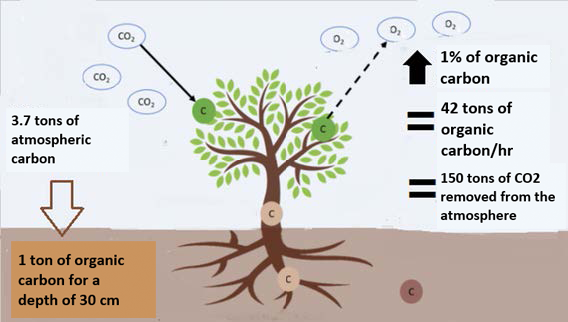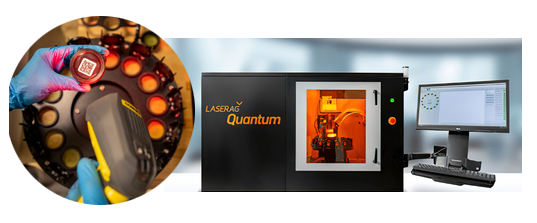- Environment
- Drinking water
- PFAS in Water
- Bathing Water
- Wastewater
- Cyanobacteria
- Oils, Fuels and Glycol
- Contaminated soil, solid wastes and hazardous materials
- Asbestos/vermiculite
- Bacteria and mould analyses
- Ambient Air Testing
- Air quality analyses in residences and buildings
- Legionella
- Iron ochre
- Analytical services, mining sector
- Technical services, consulting and other expert assessments
- Hygiene Service
- Food
- Animal Nutrition
- Food Fraud Analysis
- Microbiological testing
- Chemical analysis and nutrition labelling
- Express analysis
- Consulting services
- Specialized services and technical support
- Restaurants and Grocery Stores
- Quality Management System
- Training
- Shelf life
- Nutritional values and identification of allergens
- Agricultural
- Carbon Sequestration in the Agricultural Soil
- Animal Feed
- Forage Analysis—Wet Chemistry
- Mineral analysis in forages – LaserAg Quantum
- Forage Analysis—Near Infrared (NIR)
- Soil Health Analysis
- Soil Analysis
- Green House Growing Media, SSE Extraction (Saturated pasty)
- Plant Tissue Analysis
- Organic Fertilizers
- Mineral Fertiliser
- Water Analysis for Agriculture
- Health and Pharmaceutical
- Consumer Products
- Atmospheric Emissions
- Environment
- Drinking water
- PFAS in Water
- Bathing Water
- Wastewater
- Cyanobacteria
- Oils, Fuels and Glycol
- Contaminated soil, solid wastes and hazardous materials
- Asbestos/vermiculite
- Bacteria and mould analyses
- Ambient Air Testing
- Air quality analyses in residences and buildings
- Legionella
- Iron ochre
- Analytical services, mining sector
- Technical services, consulting and other expert assessments
- Hygiene Service
- Food
- Animal Nutrition
- Food Fraud Analysis
- Microbiological testing
- Chemical analysis and nutrition labelling
- Express analysis
- Consulting services
- Specialized services and technical support
- Restaurants and Grocery Stores
- Quality Management System
- Training
- Shelf life
- Nutritional values and identification of allergens
- Agricultural
- Carbon Sequestration in the Agricultural Soil
- Animal Feed
- Forage Analysis—Wet Chemistry
- Mineral analysis in forages – LaserAg Quantum
- Forage Analysis—Near Infrared (NIR)
- Soil Health Analysis
- Soil Analysis
- Green House Growing Media, SSE Extraction (Saturated pasty)
- Plant Tissue Analysis
- Organic Fertilizers
- Mineral Fertiliser
- Water Analysis for Agriculture
- Health and Pharmaceutical
- Consumer Products
- Atmospheric Emissions



